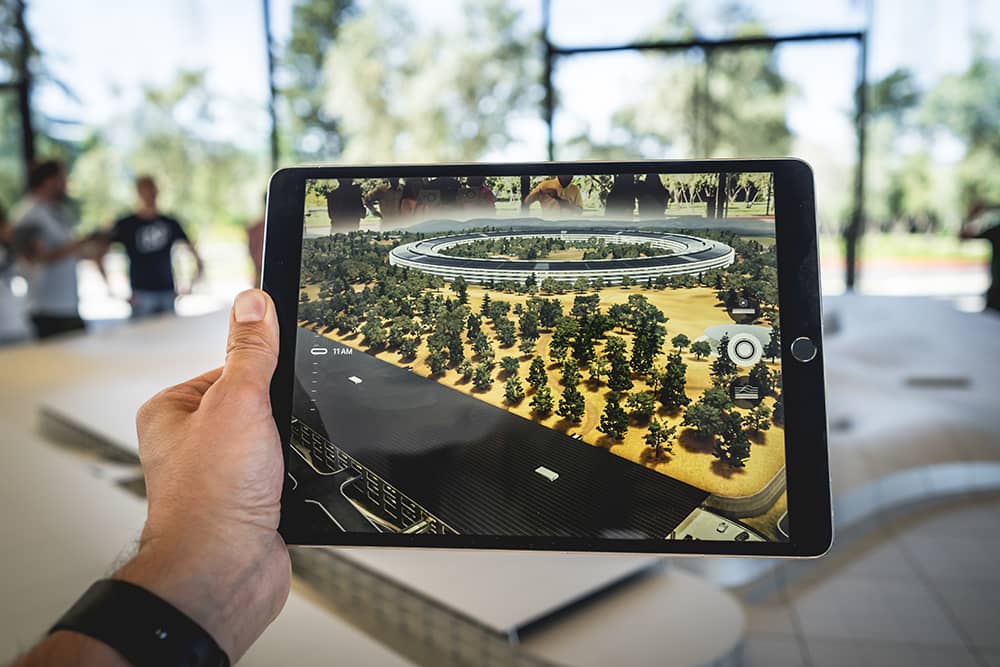For decades, the human factor in creating public spaces has been overlooked and haphazardly addressed until the COVID-19 crisis. Over the last two years, the way of life has been changed drastically, inspiring modifications and adjustments in the way people live, work, and play. The pandemic has highlighted the need for more people-centric public spaces that will prioritize and improve the health, safety, and protection of the people in the new normal.
What are People-Centric Public Spaces?
People-centric or human-centered public spaces are spaces that are designed to provide tailor-fitted solutions to the needs of the public, providing resources that protect their interests. Since the crucial role of public health was also emphasized over the pandemic, more have been advocating for more people-centric public spaces in the Philippines.
Even before the pandemic, the call for the creation of these spaces was clear. In 2016, the United Nations Conference on Housing and Sustainable Urban Development conducted Habitat III, a conference where world leaders, policymakers, and advocates convened and echoed the need for “safe, inclusive, accessible, green, and quality public spaces, including streets, sidewalks and cycling lanes, gardens, and parks that are multi-functional areas for social interaction and inclusion, human health and well-being, economic exchange, and cultural expression and dialogue”
Green Real Estate and People-centric Designs
The COVID-19 pandemic also drove a significant change in real estate on a global scale. Sustainability was no longer a ‘trend’ in the industry that focuses on environment conservation, but also became a guiding principle in creating people-centric designs and promoting the health and safety of building occupants and tenants.
RELATED: Optimizing Buildings for Disease Prevention
Green buildings or developments that were designed and constructed following sustainable measures and operating through energy-efficient means became synonymous with healthy spaces that protect lives with resiliency, safeguard well-being, and amplify human experiences.

As one of the most essential public spaces shared by a community, office and commercial developments remain as crucial points for public health and safety. Due to the pandemic, Buildings today give more emphasis to the health and wellness of their tenants. While other offices will only start implementing such changes to cater more towards well-being, LEED-certified buildings have long been uplifting the quality of the work environment and promoting the health and well-being of their tenants—during a health crisis and beyond.
LEED-certified developments optimize space for disease prevention. With its unique green facilities and top-grade amenities, tenants inside premium green buildings enjoy optimal indoor-air quality, exposure to natural light, access to green spaces, and contact-less facilities that are key in workplace wellness and safety.
READ MORE: Why LEED is a big deal in the Philippines
JEG Tower @ One Acacia advocates for the holistic well-being and safety of its tenants and occupants. Committed to revolutionizing work and life balance, the award-winning building offers office and retail spaces that maximize the use of natural daylight, allow better indoor air quality in all work and common spaces, and utilize solar energy for more efficiency.
Want to learn more about how JEG Tower @ One Acacia promotes sustainability and advocates for holistic health in the Philippines? Reach out to Gerold Fernando at (+63) 917-565-3547 or send an email to jegtower@kmcmaggroup.com.































